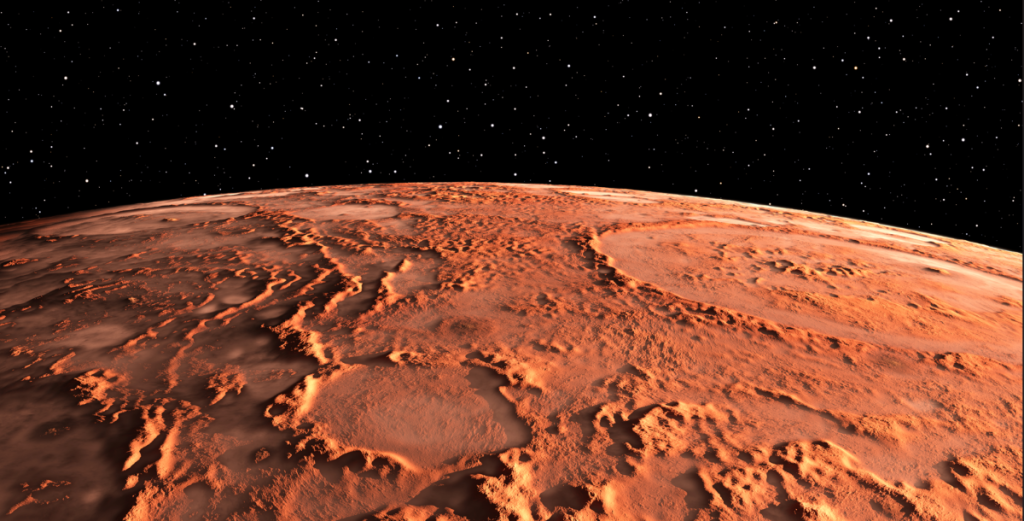NASA revealed that a rock core collected by the Perseverance rover shows the strongest evidence yet of life on Mars.
Others are reading now
NASA revealed that a rock core collected by the Perseverance rover shows the strongest evidence yet of life on Mars.
NASA calls Mars sample “clearest sign of life”
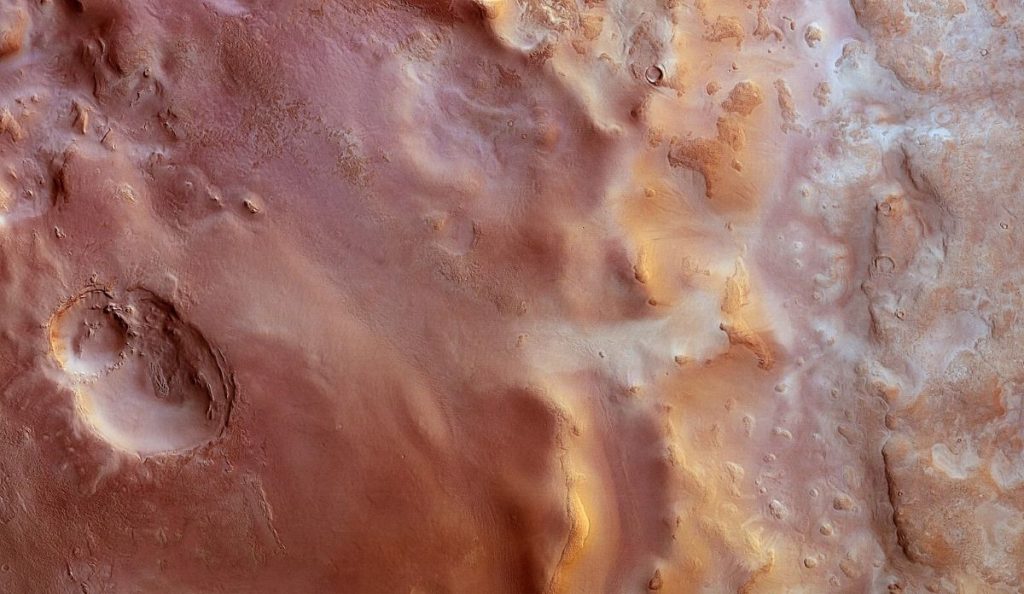
The sample, named “Sapphire Canyon,” was drilled in July 2024 from rocky outcrops on the edge of Neretva Vallis.
Dean Duffy, the new NASA administrator, described it as the “clearest sign of life” ever found on the planet.
Ancient river delta offers vital clues

The site where the sample was taken was once a river delta feeding into Jezero Crater.
Billions of years ago, water carved the valley, leaving behind sediments where life may have thrived.
Also read
Scientists believe these deposits have the best chance of preserving traces of past microbial activity.
Perseverance’s mission since 2021
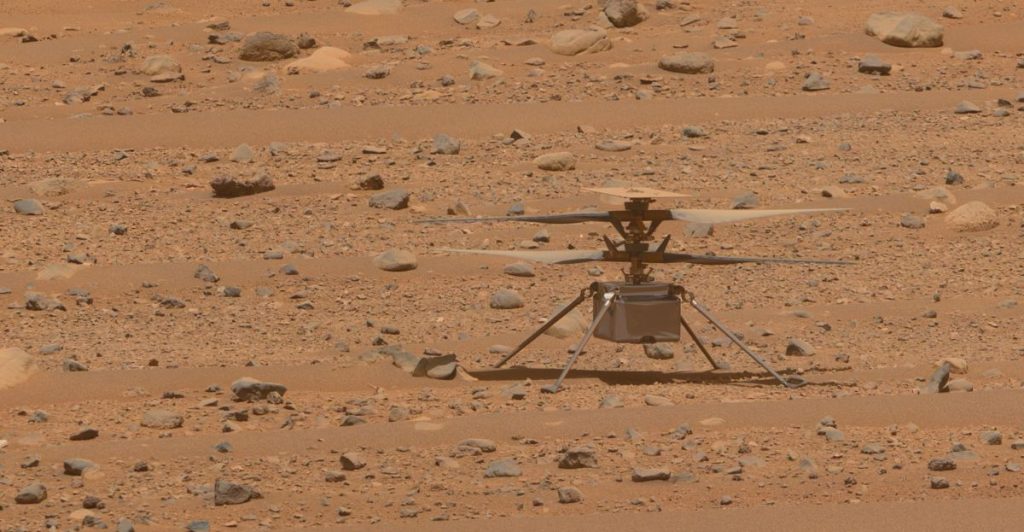
The rover has explored Mars since landing in Jezero Crater in 2021.
Its main task is to search for signs of ancient microbial life by drilling cores of rock and soil.
NASA hopes that future missions will bring the samples back to Earth for detailed study.
Precious tubes and witness samples
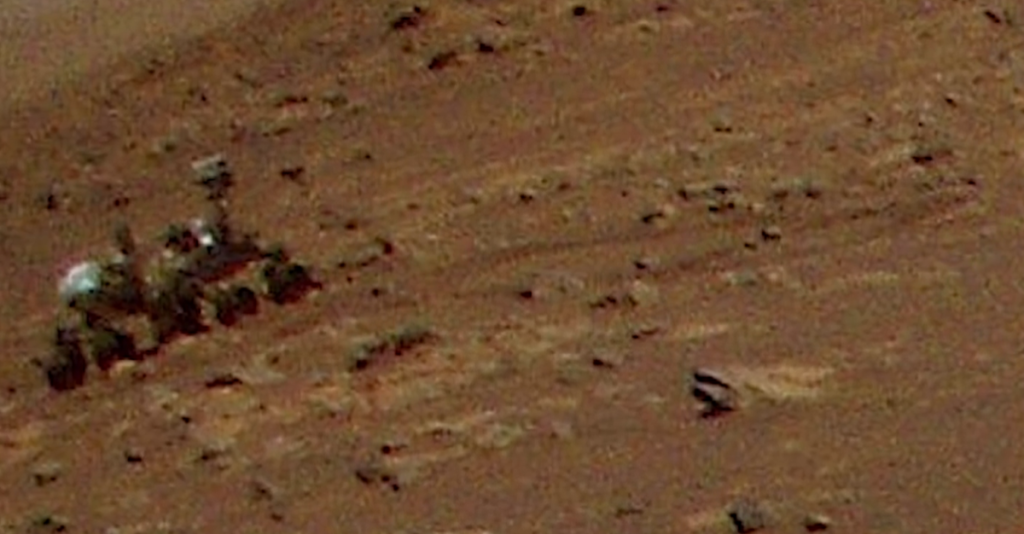
Perseverance carried 43 tubes to Mars, 38 for collecting rock and soil and five as “witness tubes.”
Also read
These special tubes track contamination and ensure the samples are as clean as possible.
So far, the rover has filled many of them with material from different geological sites.
30 years of work leads to breakthrough

The discovery marks the culmination of decades of Mars research.
Scientists stressed that findings had been peer-reviewed and showed strong evidence of a biological origin.
For many, it is the most compelling case yet that life once existed on Mars.
Also read
Crystalline solids hint at watery past
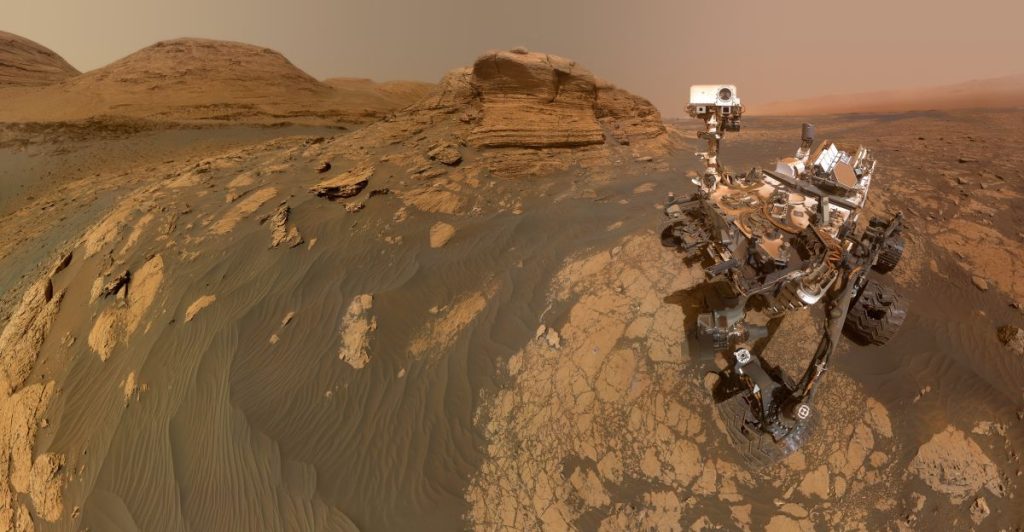
Images sent back by Perseverance show crystalline structures in the rock.
These solids likely formed when water once flowed across the Martian surface.
Such formations are seen on Earth in areas shaped by ancient lakes and rivers.
Scientists weigh in on the evidence

Joel Hurowitz, a mission scientist, said signatures in Jezero Crater point toward biological activity.
He suggested life may have existed billions of years ago when Mars was wetter and warmer.
Also read
His remarks added weight to the view that the Red Planet was once habitable.
“We’ve not had something like this before”
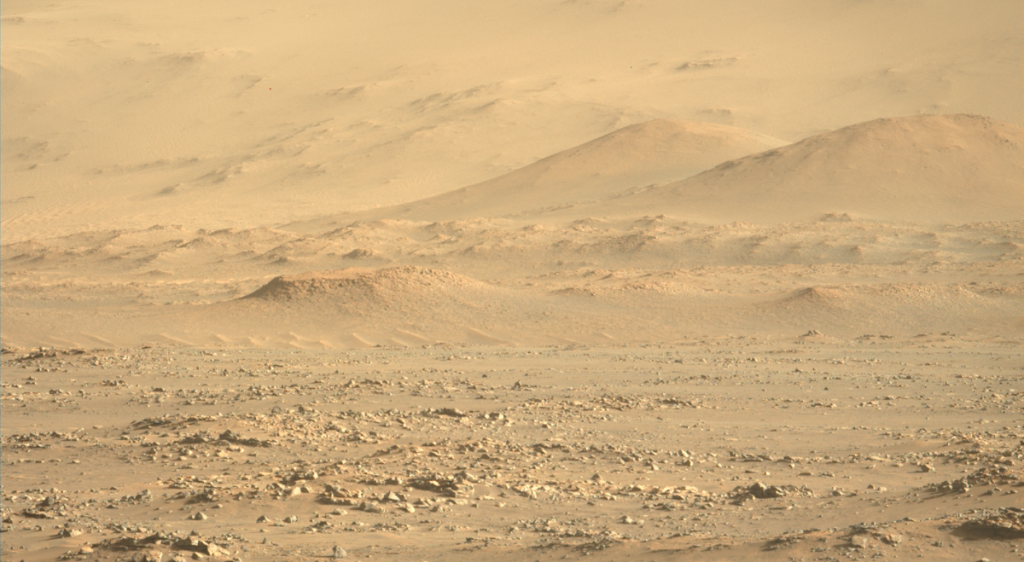
Professor Sanjeev Gupta of Imperial College London called the findings a major step.
He told the BBC: “We have found features in the rocks that if you saw them on Earth could be explained by biology by microbial process.”
He added: “We’re not saying that we found life, but we’re saying that it really gives us something to chase.”
What comes next for Mars samples

NASA plans to continue drilling and collecting material in different parts of the crater.
Also read
A future mission is expected to return the tubes to Earth for full analysis.
Until then, scientists will keep studying Perseverance’s data to guide where it drills next.

